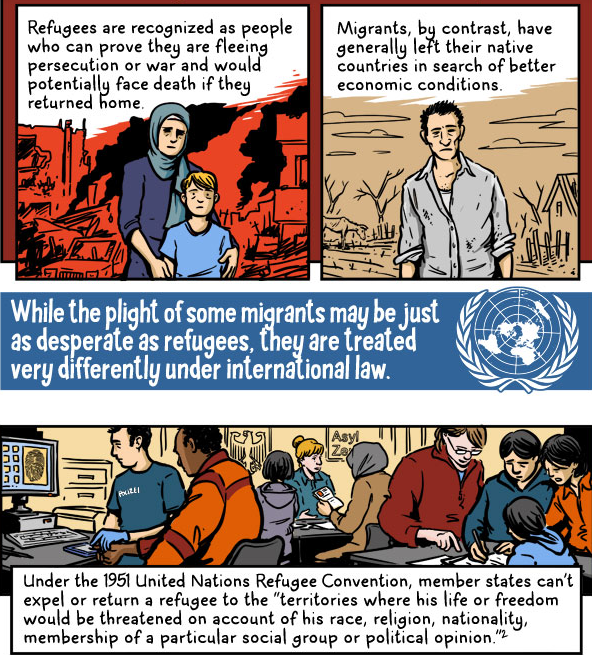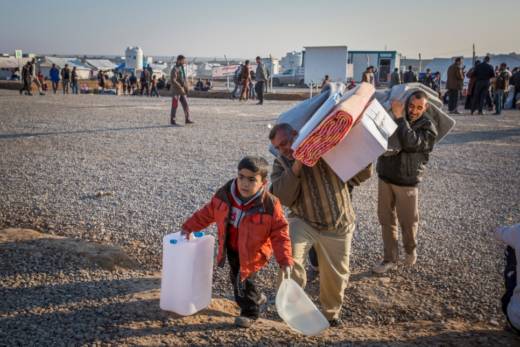The following timeline traces the capricious history of America’s refugee policy since World War II. It’s adapted from a post by KQED Health Editor Carrie Feibel.
For decades, the United States has been the world's top resettlement destination for refugees.
Since 1975, more than 3 million refugees have been admitted and resettled here.
But the prospect of admitting refugees into the country has always been controversial. And rates have fluctuated widely over the years -- from more than 207,000 admissions in 1980 to roughly 27,000 in 2002 -- a direct reflection of world events and shifting U.S. priorities.

Today, refugees trying to enter the United States are again the subject of intense political debate, in part a response to the worst refugee crisis in decades and ongoing terrorism concerns. During his first week in office, President Trump signed an executive order to temporarily block refugees from entering the country and slash the admissions cap by more than half. The administration justifies its actions on public safety grounds, arguing that refugees from unstable, war-torn nations could be potential terrorist threats in the U.S. But refugee advocates counter that new arrivals already go through an extremely thorough vetting process, and that incidents of violent crime committed by refugees are exceptionally rare.
